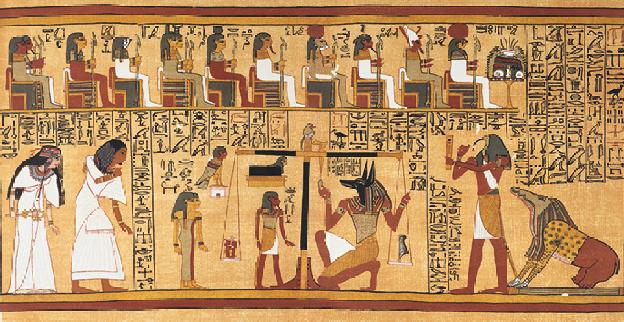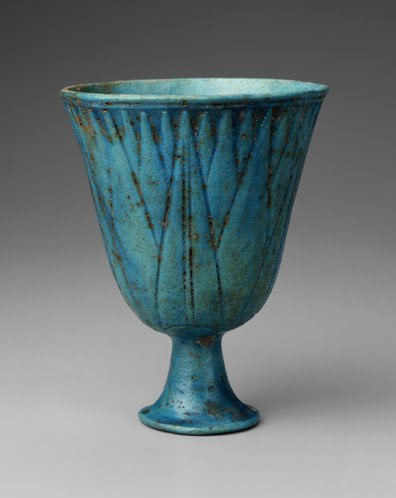Do you want to be immortal?
Have you ever imagined what it would be like to go to the afterlife? Do you want to be immortal?

Here, The papyrus of Ani, well-known for its ancient Egyptian funeral documents, contains mysterious contents in hieroglyphics and paintings. Because of the difference in the environment between day and night due to the sand breeze, Egyptians thought of eternal and immutable values as ideal. Therefore, pharaohs and ordinary people believed that success in a rite of passage could lead to the afterlife. All organs except the heart are taken out, filled with natron, and preserved in an ideal state. After that, the deceased must be evaluated for living the good life, and the weight of the heart must be lighter than the feather to enjoy peace in the afterlife. For this reason, the fact that the body underground was an important part of ancient Egypt, a “necessity for the afterlife.”
The Deified Deceased’s Story
People could argue that art was magical because of the belief that art had the power to mingle with gods and appeal to them on behalf of the living or dead. So, what kind of art world spreads around the body, the key to the afterlife? The Egyptians believed that some of the images, paintings, and sculptures they made would come to life in the tomb and go to the afterlife with the mummified deceased. Tombs typically contained images of a person who died of a mummy performing daily duties or completing achievements, offering sacrifices to God (Isis or Osiris), snakes, gods, weapons, and scorpions to protect the tomb and chase evil spirits.

(source)
Believing in the afterlife, the soul enters the form of a bird called “ba” and begins to follow the sun, the ruler of creation. The end of the road is to unite with one’s mummy. For ba to return and revive, the coffin had to resemble the revered deceased. If you refer to the picture above, ba is flying toward the dead. There are short hieroglyphics and divine shapes around. It seems to tell a story about the life of the deceased while worshiping the dead.
What’s inside?

(source)
Let’s look closer. The inside was full of objects designed to help and ensure the resurrection of the soul and a successful passage to the afterlife, especially those symbolizing rebirth and renewal. This blue faience cup describes a blue lotus flower, which means life will be renewed forever. The papyrus of Ani also contains a spell to fulfill the Egyptian promise of resurrection “by transforming yourself into a lotus.”
As such, ancient Egyptians tried to reach the ideal afterlife through art for honest life and eternal life in their lifetime. Just by looking into their funeral, I think I saw a story. Will you start preparing for the peaceful afterlife, too?
Start your journey for an honest life from now on.
Sources
https://artsandculture.google.com/usergallery/egyptian-art-and-the-afterlife/PwKCm8ZaUj0BLA
https://www.davisart.com/blogs/curators-corner/faience-ancient-egypt/
https://www.youtube.com/watch?v=hO1tzmi1V5g
https://www.youtube.com/watch?v=1yv_MXNYbAo&t=112s
James Cotter
The conversational ton, speaking directly to the reader, is engaging. nd the information delivery is solid. It might help to use Grmmarly next time to improve some weak or confusing sentences, such as the headline: After Life in Ancient Egypt, What is in there?
The next line might be a ctahcier headline: Do you want to be immortal? You finish well with the reference to preparing for the afterlife.